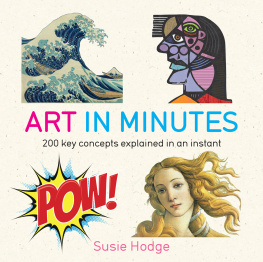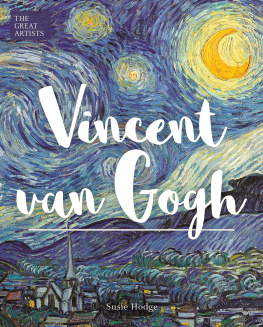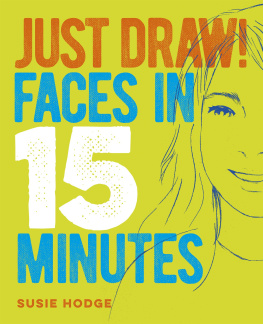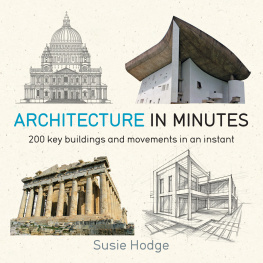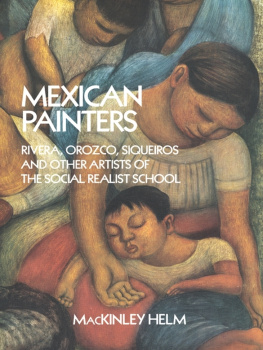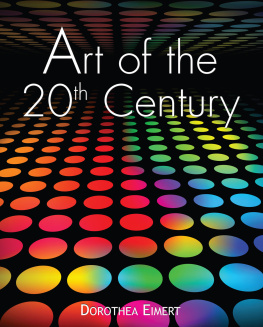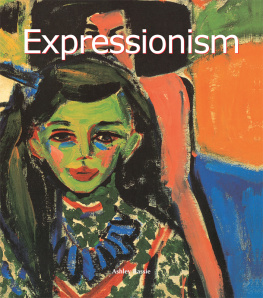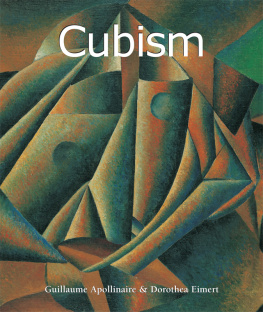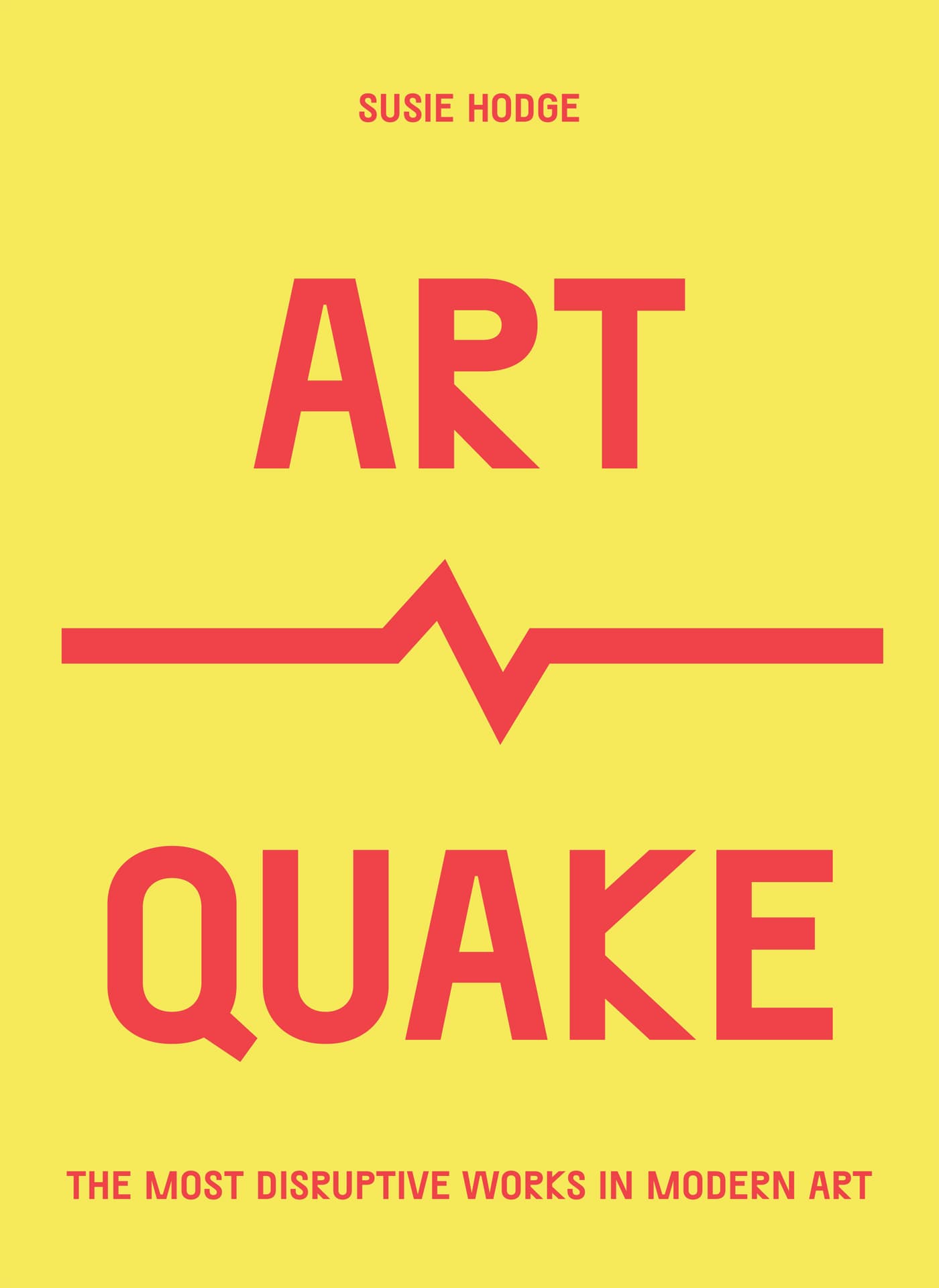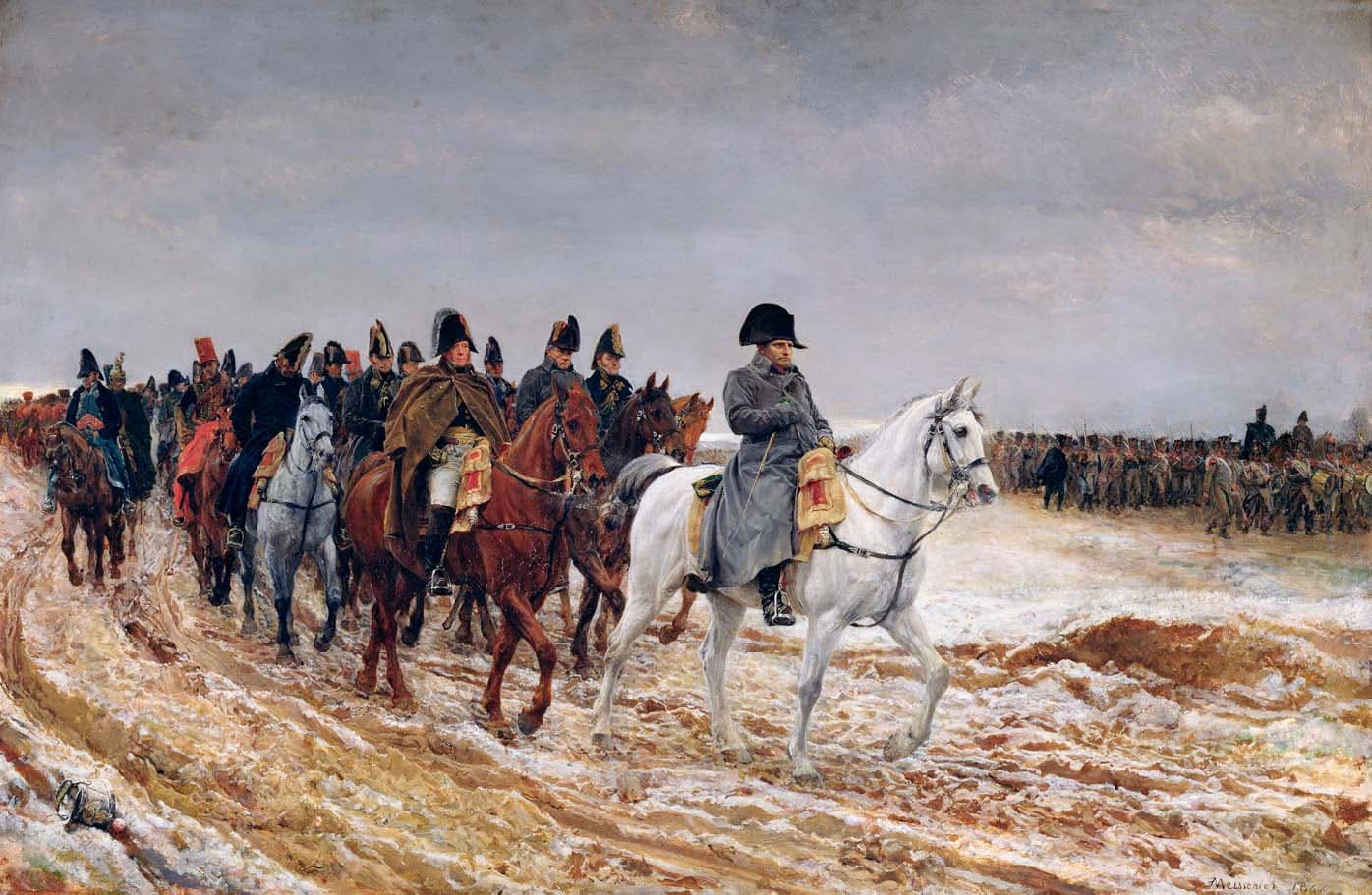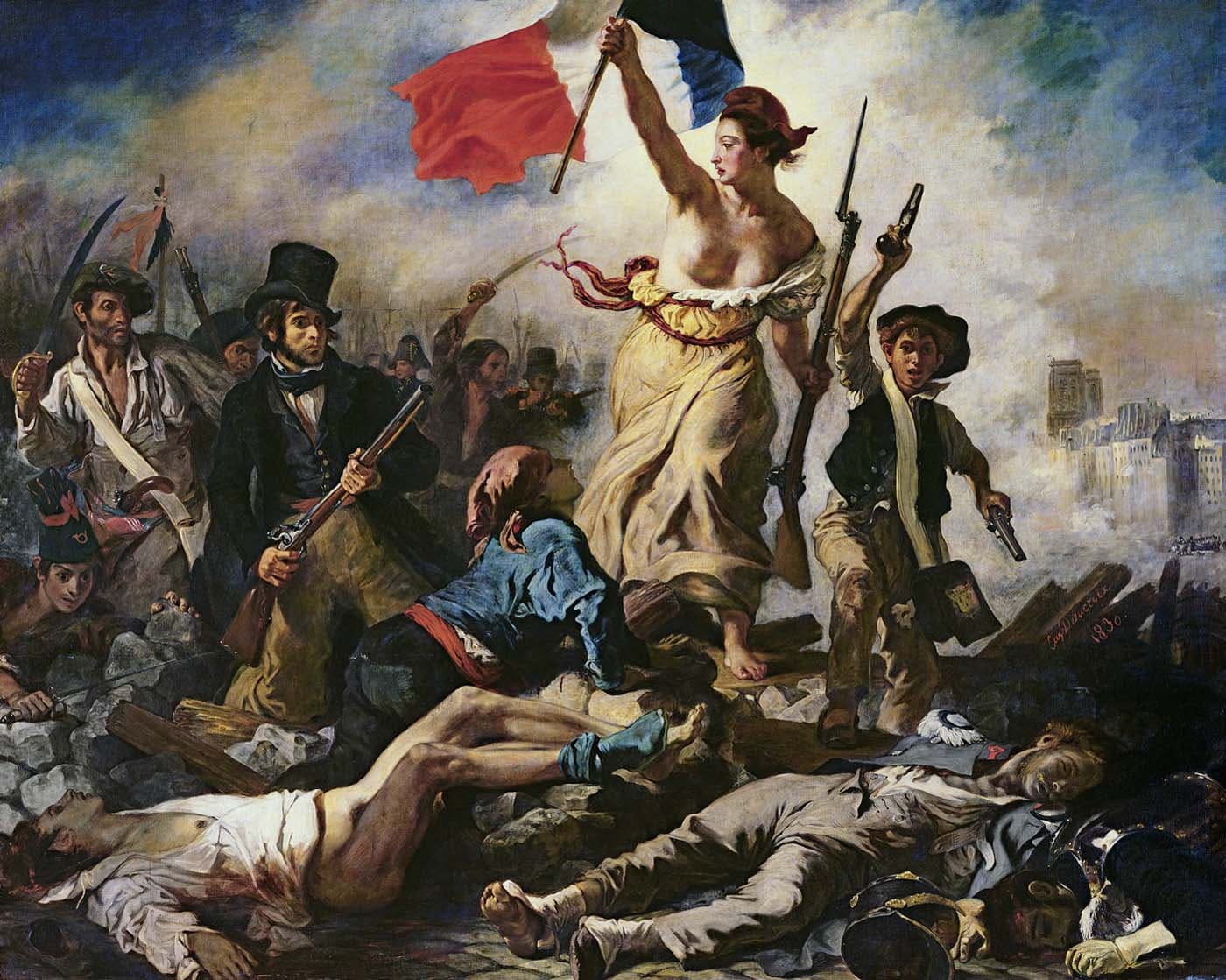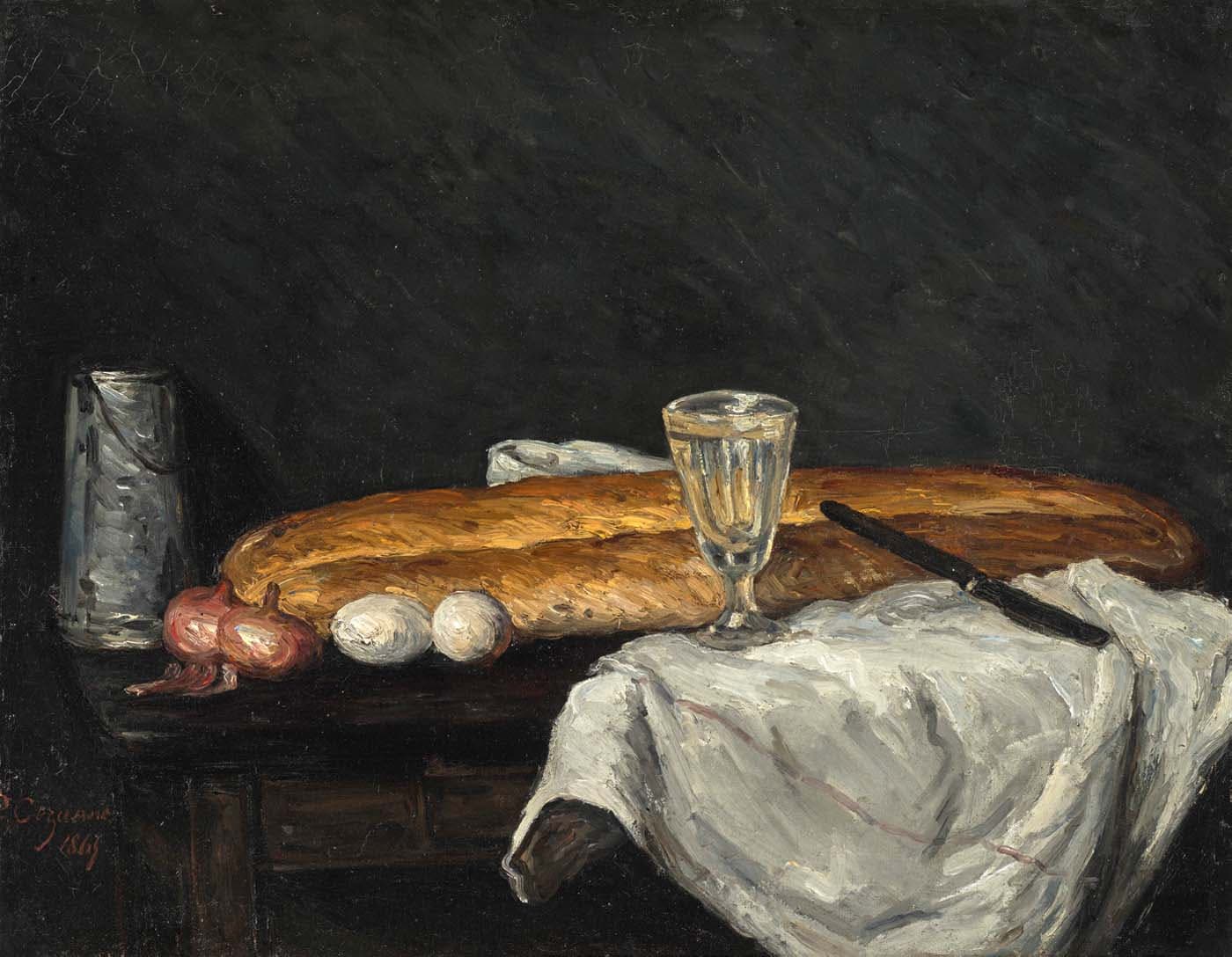Contents
Page List
Guide
Cover
SUSIE HODGE
ART QUAKE
QUAKE Contents
INTRODUCTION
Theres something comforting about works of art that show us things we recognize; when things depicted look realistic and we can see that the artist has technical skill.
At some point in history, however, art changed, and a lot of the work that is produced now doesnt resemble anything recognizable; it is often ugly, or shocking, confusing, messy or crass. In addition, sometimes the most unexpected materials are used to make it. It can all be quite bewildering, frustrating and annoying. What happened to oil paint and bronze or marble sculpture art that we can stand in front of and understand instantly? When did it change and why? Who decided it could change, what happened to make it change and why is so much modern and contemporary art difficult to understand? Is it all nonsense, are artists laughing at us, and what was wrong with the realistic stuff?
This book explores all of that. It takes a close-up look at revolutionary works of art produced since the 1850s that have created an impact on the art world and changed the path of art history. It investigates some of the artists who created shock waves in the art world, why they did, how and why it was important. It also considers how and why art continues to shape our culture and what was going on around the artists while they were working. Overall, through looking at certain ground-breaking works, the book examines what changed art history, and why, where, how and when.
With his meticulously realistic painting style, Jean-Louis Ernest Meissonier (181591) was a celebrated painter of military history and was extremely wealthy during his life. He painted this scene of Napoleon (17691821) and his troops, fighting his campaign fifty years after the event, but the subject and realism was greatly admired. The painting brought him great acclaim.
While Meissonier was attracting praise and financial remuneration, artists such as Paul Czanne (18391906) were hardly earning from their paintings. Czannes painting () was produced fifty years after Meissoniers (opposite) in practically the same dimensions. At first, it was scoffed at and ignored, but later, Czannes art became revered while Meissonier was almost forgotten.
ARTISTIC EVOLUTION
Since ancient times, art has always evolved and changed. New technologies and materials, changing beliefs, fresh ideas and political, social, economic and cultural developments all affect the ways in which people express themselves. And at different times in different parts of the world, artists have created art in certain ways for specific reasons. For instance, the ancient Egyptians created art that looks quite diagrammatic. This was because it was intended to explain as clearly and unambiguously as possible to their gods about human life on earth, not because the artists couldnt draw, paint or sculpt realistically, but because it was acting as an instruction manual. During the Renaissance in Italy, art became increasingly naturalistic, lifelike and harmonious, following many of the ideas and forms of ancient Greece and Rome, and expressing notions of Humanism that attached the greatest importance to the dignity and worth of individuals. During the second half of the nineteenth century, the Impressionists sought to capture fleeting moments of everyday life, and to contemporary eyes, their paintings looked messy, unfinished and irreverent but their approach only developed because of the latest technologies and ideas of artists who preceded them.
Campaign of France, 1814, Jean-Louis Ernest Meissonier, 1864, oil on wood, 51.5 x 76.5 cm (20 x 30 in), Muse dOrsay, Paris, France.
MODERN ART
Art is always affected by its own society, as artists often whether deliberately or unintentionally reflect what is going on around them, and most artists, even in small ways, naturally seek to be original. Although art has changed throughout the centuries for different cultures and societies, in the West, styles began changing more frequently and noticeably during the nineteenth century, when social, political and technological changes occurred more rapidly than before.
At the start of the nineteenth century, there were two main art movements: Neoclassicism, which had been initially inspired by excavations of the ancient Roman cities of Pompeii and Herculaneum in the late eighteenth century, and Romanticism, which championed individual freedom, encouraging independent thought and a greater questioning of authority that ultimately led even more artists to react against established academic rules and expectations.
From the start of his career, Eugne Delacroix (17981863) was perceived as the leader of French Romanticism. He painted more expressively than painters of the Academic style, with more visible brushstrokes, and he studied the optical effects of colour, which directly influenced the Impressionists who took his ideas even further. This painting commemorates the July Revolution of 1830. The woman personifies Liberty leading the revolutionaries, brandishing the flag of the French Revolution; the tricolore, which subsequently became Frances national flag.
Liberty Leading the People, Eugne Delacroix, 1830, oil on canvas, 260 x 325 cm (102 x 128 in), Muse du Louvre, Paris, France.
Still Life with Bread and Eggs, Paul Czanne, 1865, oil on canvas, 59.1 x 76.2 cm (23 x 30 in), Cincinnati Art Museum, Ohio, USA.
WHO DECIDES?
So who decides whether art is good or not? Before the second half of the nineteenth century, Royal Academies made this decision; they completely dominated the art world until then. The most significant academies were in France and England, established in 1648 and 1768 respectively. These academies ran official art training schools and held official art exhibitions. If their work was chosen for these exhibitions, young artists could attract buyers and establish their careers. If rejected, it was almost impossible for an artist to make a name for him or herself. Today, the art world the umbrella term for influential people including artists, museum and gallery directors and curators, reporters and journalists, critics, art historians, art theorists, philosophers of art and gallerygoers fulfils this critical role. Depending on the art worlds general opinion, art and artists either rise to prominence or are disregarded.
BREAKING TRADITIONS
18501909


